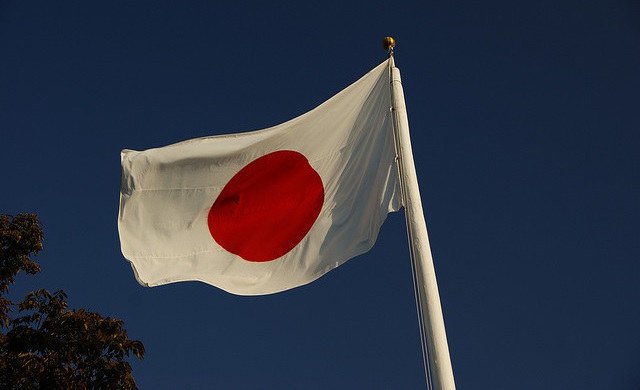Faced with a persistent, lagging, deflationary economy, Japanese Prime Minister Shinzo Abe announced in January that he expected the Bank of Japan to become much more aggressive in attacking the problem. The former Governor of the BOJ, Masaaki Shirakawa’s vision was to bring the economy to a 2% inflation “at the earliest possible time.”

I say “vision” because, without a specified time frame, one does not really have a goal. It’s akin to Arsenal saying that there plan is to score “eventually.” With that kind of vision it might be years before they ever scored again. New BOJ Governor Haruhiko Kuroda has changed everything by announcing bold actions intended to reach 2% in two years. He said that “Rather than doing things incrementally, we are taking all the necessary step to achieve 2% inflation early.”
Kuroda said, “I am convinced that all the steps needed for that purpose are being included.” Yoshimasa Maruyama, of the Itochu Economic Research Institute applauded the effort saying, “Achieving 2% inflation in two years remains quite difficult, but the possibility of that target being achieved is now much higher than before with these measures.”
Part of the bank’s strategy is to increase its purchase of government bonds by ¥50 trillion (£350 billion) per year, or about 10% of Japan’s annual GDP, and to increase the amount of money in circulation to ¥270 trillion by the end of 2014. The other major part of the strategy is for the bank to purchase assets that are somewhat riskier than it normally would. The bank is making the rare move of both quantitative and qualitative easing in hopes of flowing more money at lower interest rates into the economy while simultaneously bolstering its balance sheet and rearranging the types of assets on it.
Short term reaction to the move appears to be overwhelmingly positive, and not just from analysts. The Nikkei Index did a 180° turn around as it jumped 2.2% following an early-day downward trend. The Yen dropped by more than 2% against the US dollar, which, in part, is exactly what the BOJ had hoped would happen.
Theoretically, the BOJ hopes that by “creating” more money, it can use that use that extra “cash” to buy back bonds from financial institutions. The financial institutions now have extra “cash” to lend or invest to consumers or companies who will “spend” it. When the economy is back to where the BOJ wants it, the bank sells the bonds that bought, and then “destroys” the “cash” that it had originally “created” on the front end of the scheme. In a world of cyberspace, this can actually be done with invisible credits and debits. It’s almost ingenious if it works.
One of the benefits of such a plan is already taking shape with the yen dropping against the dollar, thus lowering the price of Japanese goods in the US, making them more attractive. Again, in theory, Japanese manufacturing should enjoy a boost, thus infusing more money – and therefore more spending – into the Japanese economy.
There are some risks involved for the Japanese, but that’s a story for a different time. There is never an opportunity without a risk, so we’ll just accept that fact at face value for now, and hope that everything goes according to plan.


 Hot Features
Hot Features











